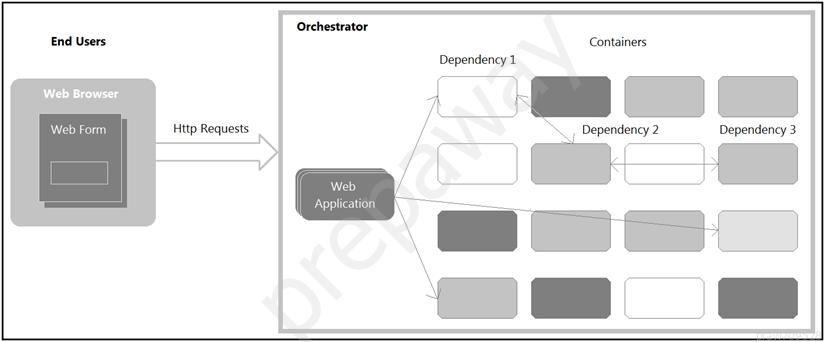


Refer to the exhibit. The application follows a containerized microservices architecture that has one container per microservice. The microservices communicate with each other by using REST APIs. The double-headed arrows in the diagram display chains of synchronous HTTP calls needed for a single user request.
Which action ensures the resilience of the application in the scope of a single user request?
designated
Highly Voted 1 year, 10 months agodesignated
1 year, 10 months agodesignated
1 year, 10 months agosamael666
Most Recent 6 months, 1 week agoisaacmejia
7 months, 3 weeks agoNetGirl
1 year, 9 months agoQuiShong
2 years agoenough98
2 years, 1 month agoenough98
2 years, 1 month agoCiscoRider
2 years, 2 months ago__al__
2 years, 3 months agomairo3000
2 years, 4 months agoexamtopicstroilevw
3 months, 3 weeks agodexilec82
2 years, 4 months agoduracell
2 years, 6 months ago